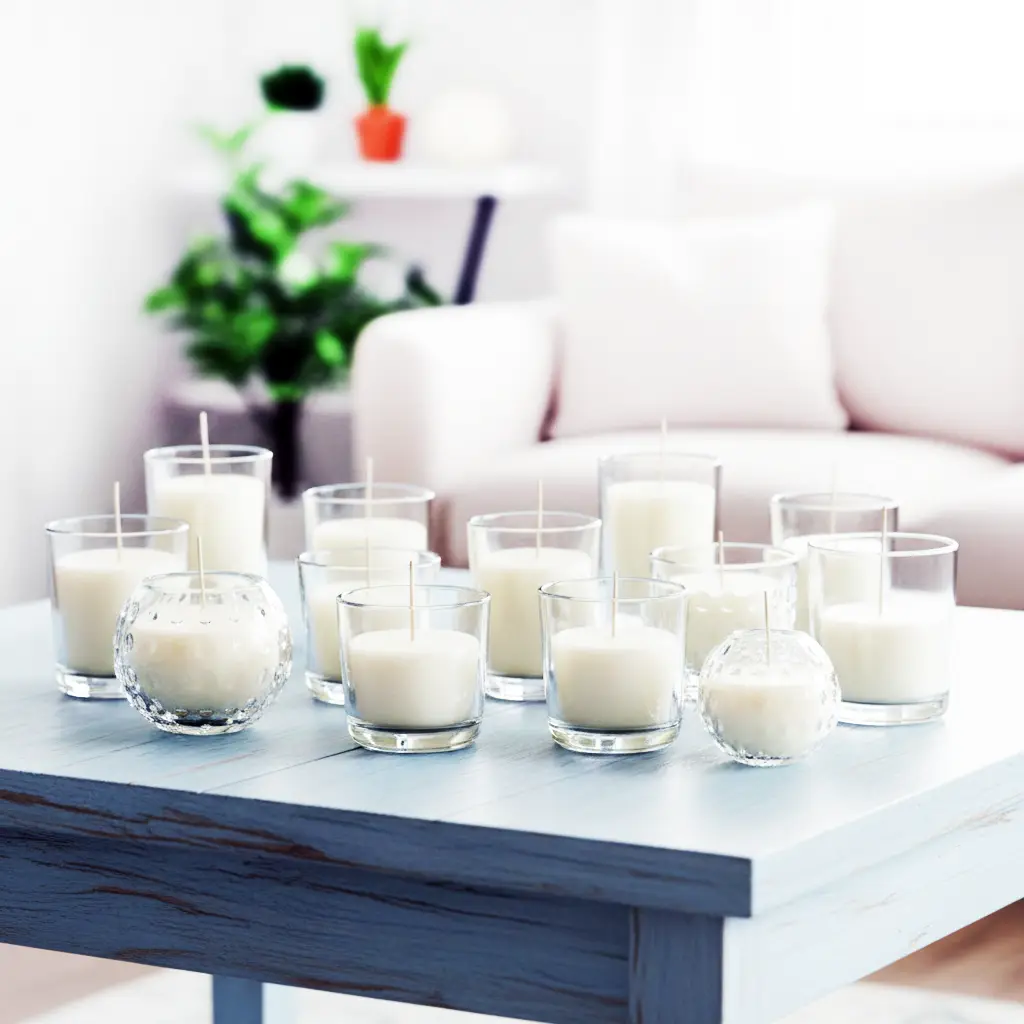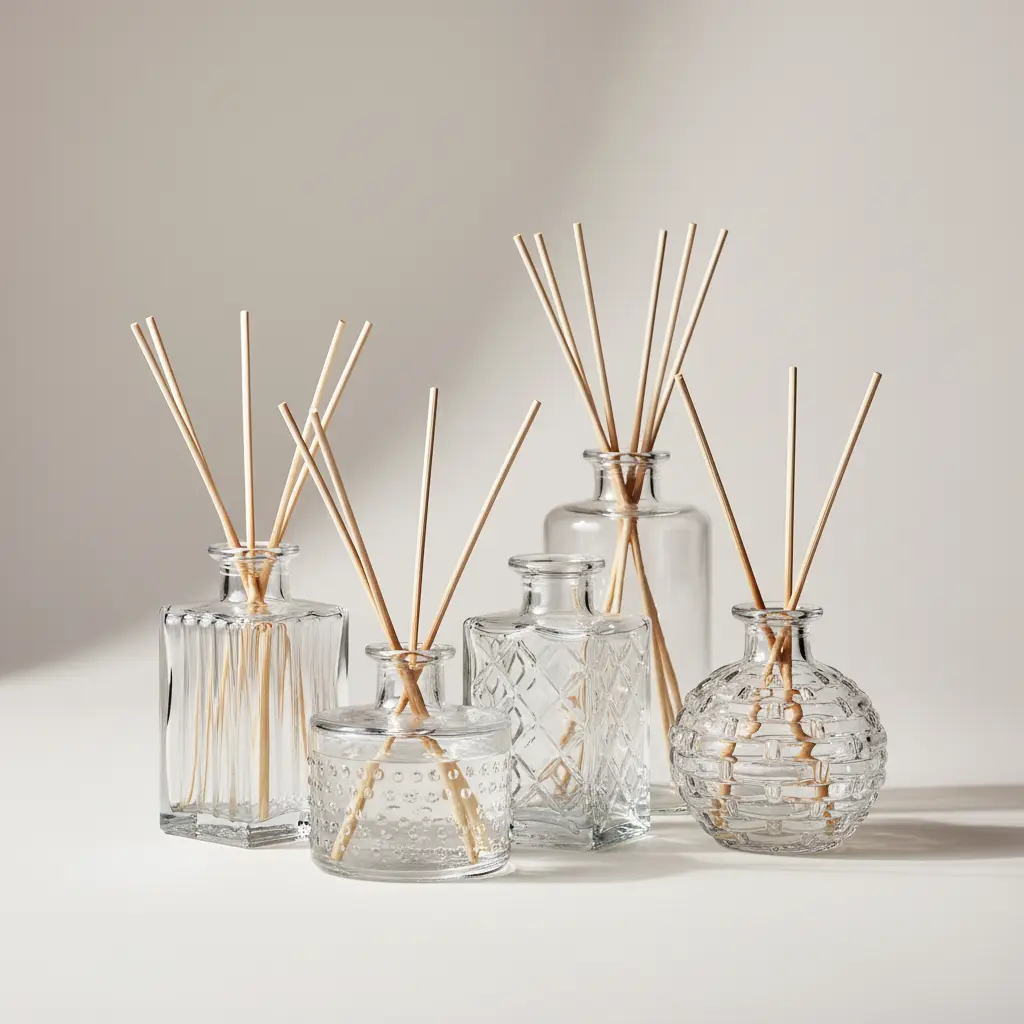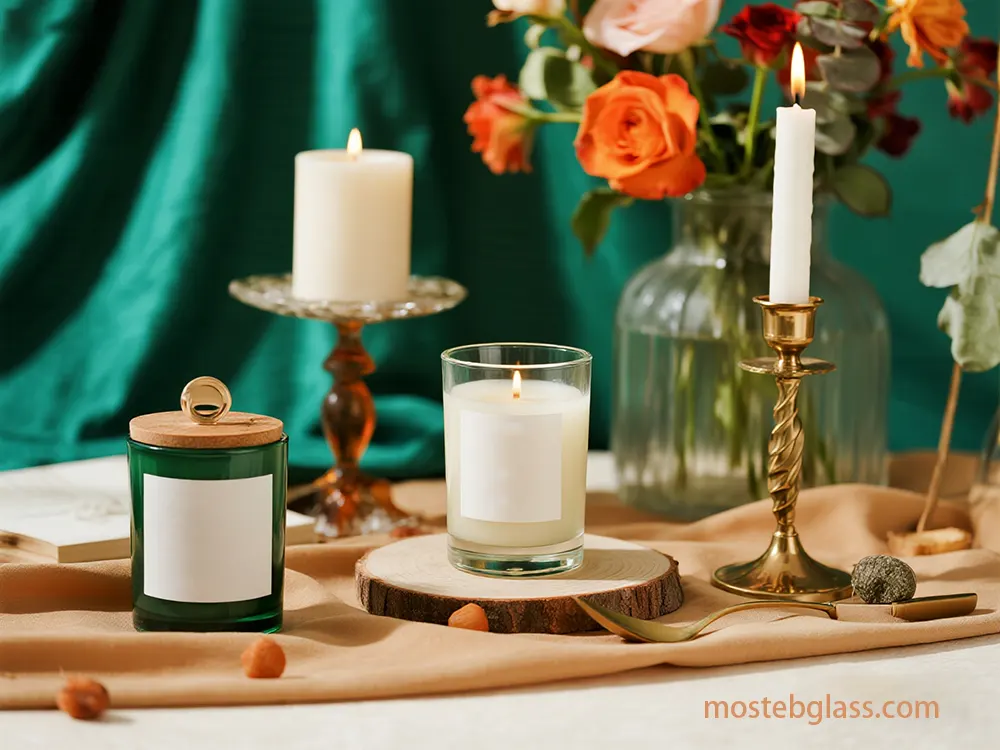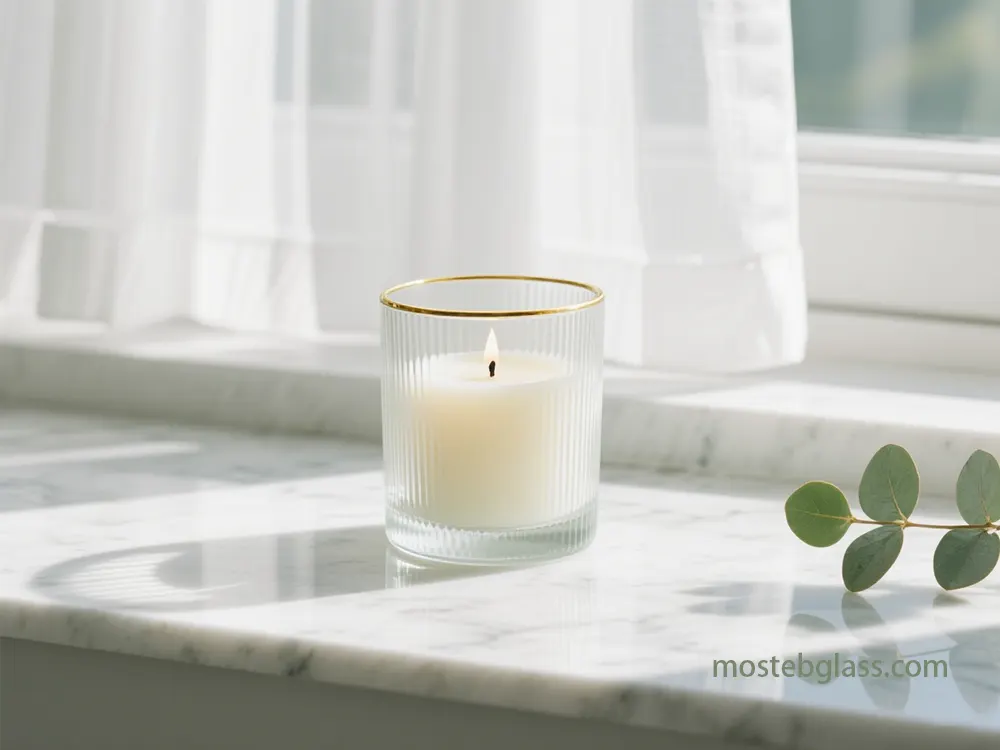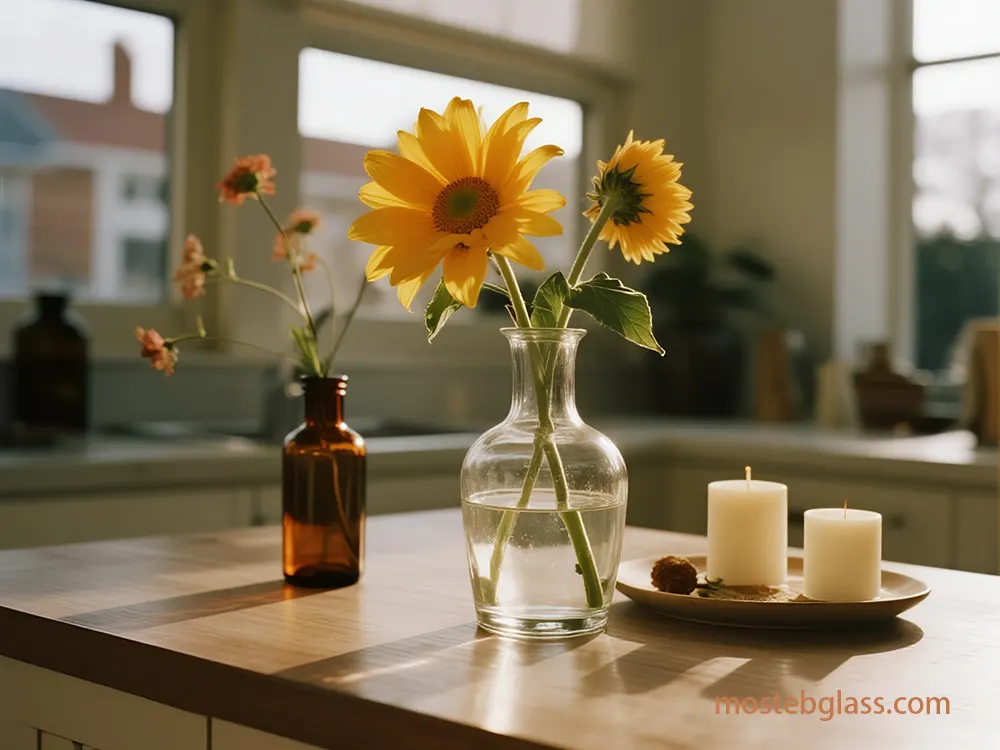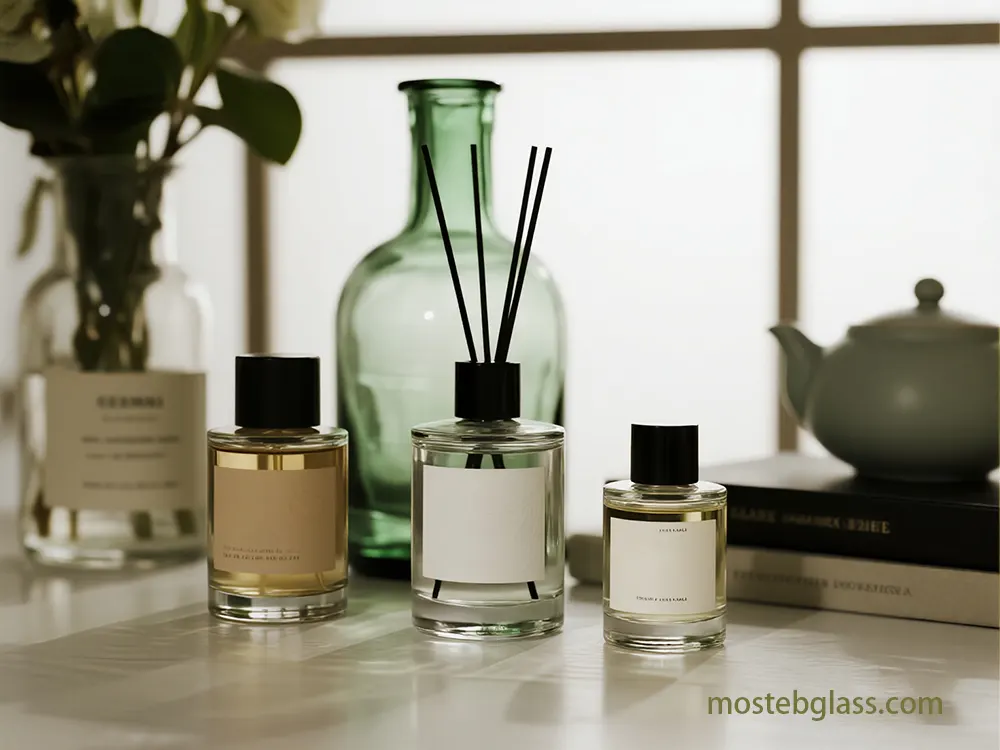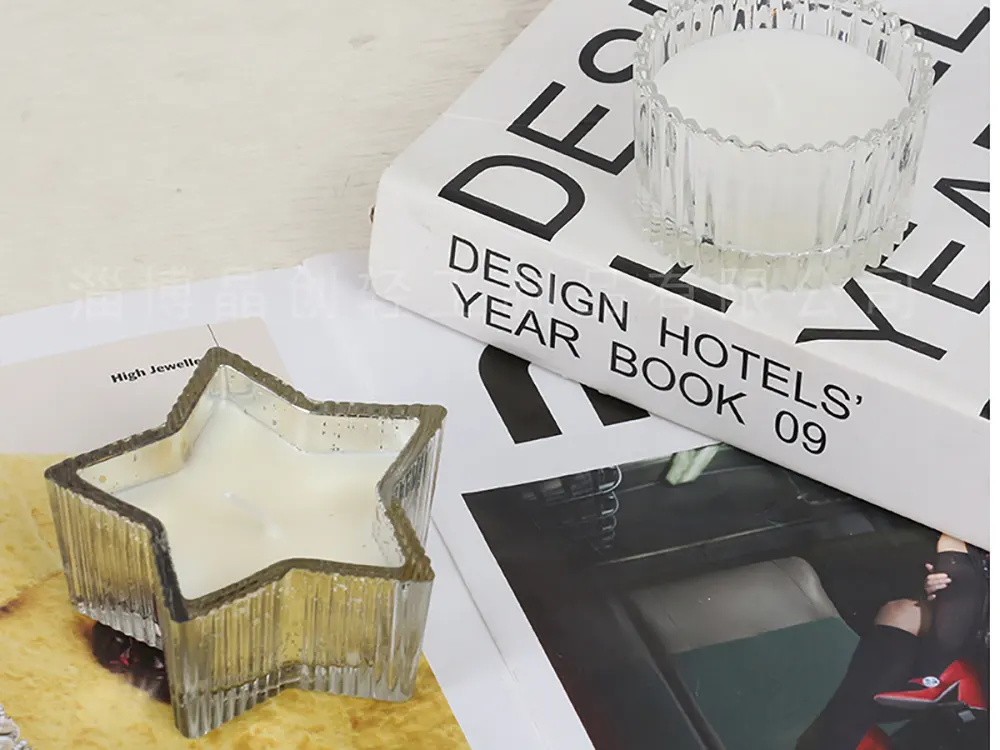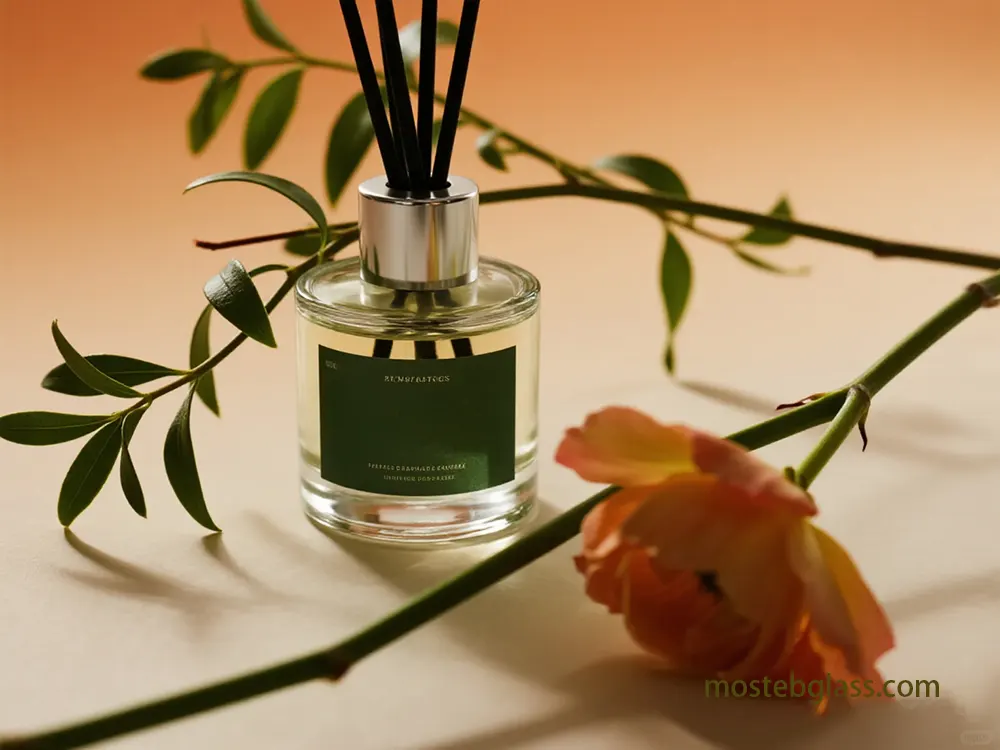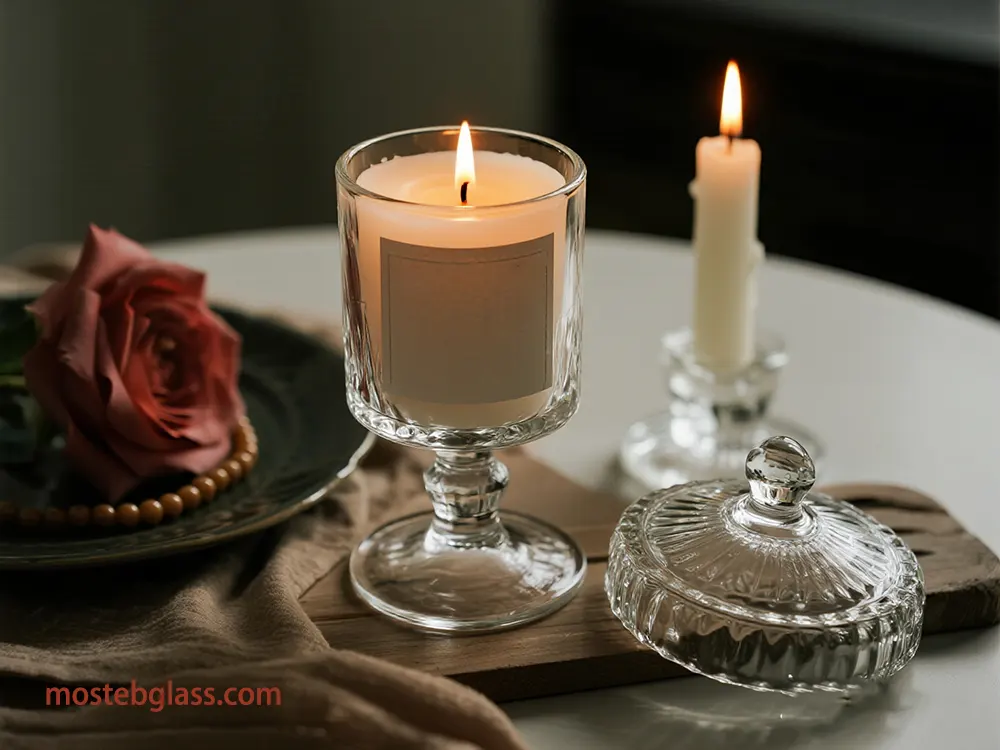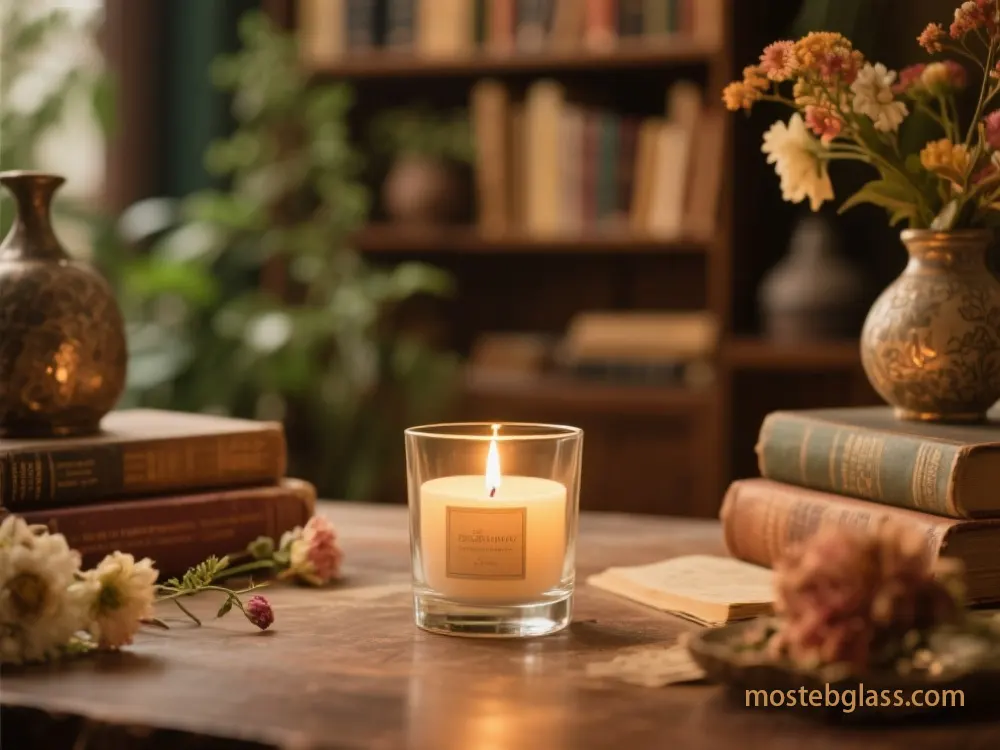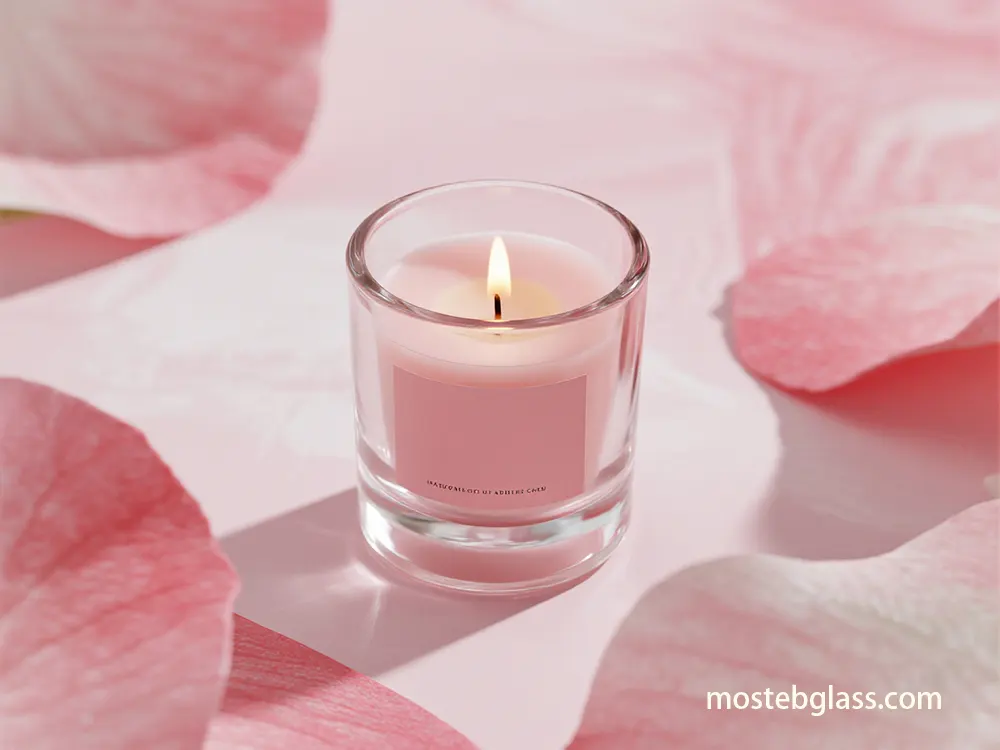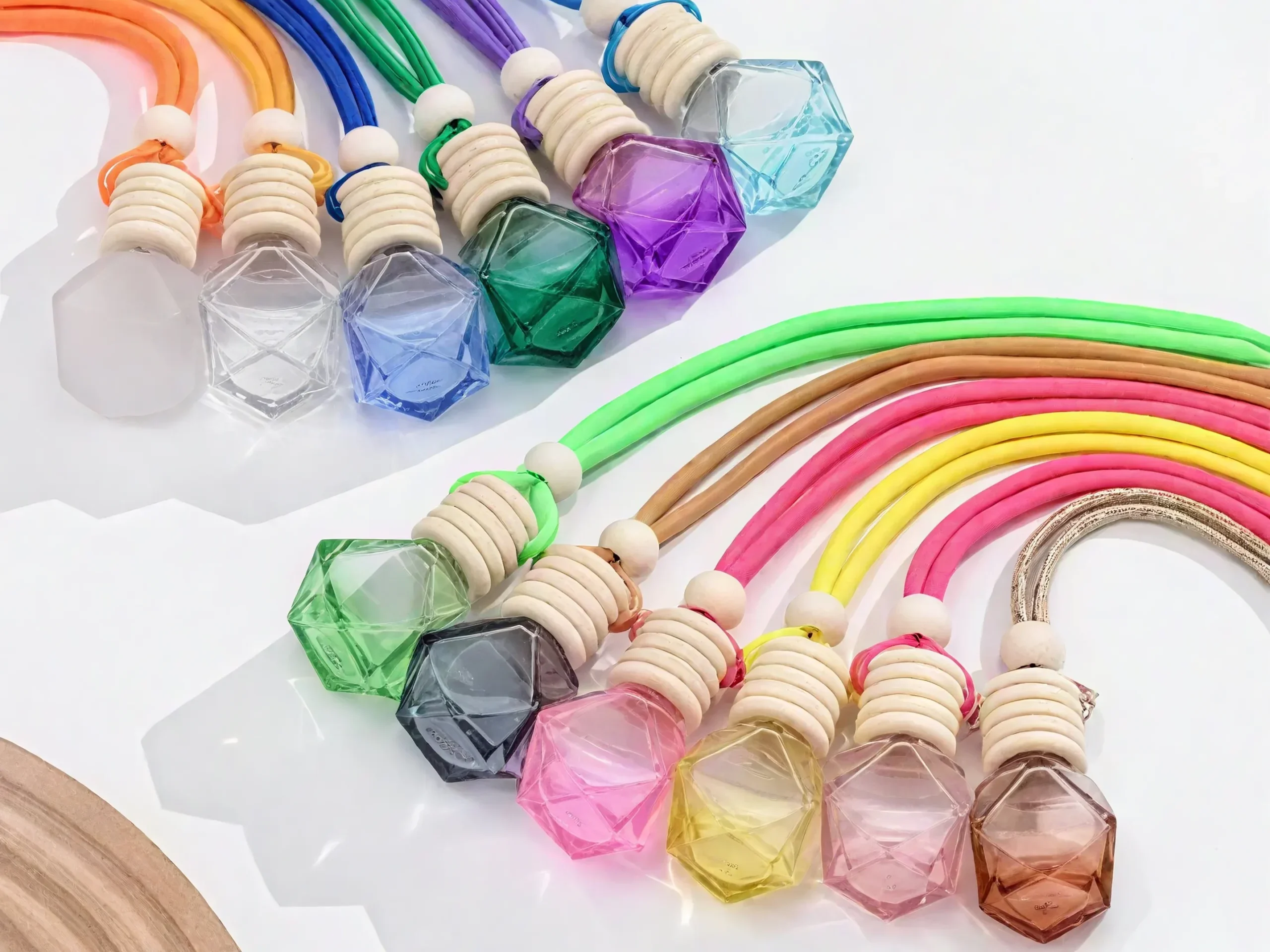1.A Glass Flower Vase Wholesaler’s Guide to the Genesis of Glass
If a glass flower vase wholesaler wants to make the right long-term decisions, they have to know how glass is made. Besides silica sand, soda ash, and limestone which are basic materials of glass, the production of glass has a big impact on the earth due to the effects it has on the ecosystem during raw material sourcing, the destruction of the ecosystem, water contamination, and the high energy consumption. To lessen the effects, the best approach for the environment should be practiced by the suppliers of the materials, good mining practices should be followed, soda ash should be taken from nature, but very importantly recycled glass (cullet) should be used. The reuse of glass drastically lowers the need for new materials and the energy used for the glass is less because the melting is done at a lower temperature.
It is an energy-intensive process due to the high temperature required for melting. To make energy use more efficient, modern furnace (oxy-fuel, electric) designs, heat recovery from waste, and very accurate batch optimization are very important. On top of that, using renewable energy sources will surely contribute to lessening carbon footprints. One of the ways to ensure sustainability is through different certifications such as Cradle to Cradle (C2C) and LEED besides providing verifiable sustainability benchmarks. Local production also leads to lesser emissions as the product does not need to be transported over long distances. For Mosteb, it is a strategic necessity for relevance in the market and a good brand image to embed these sustainable principles not only from design but also from procurement stages.
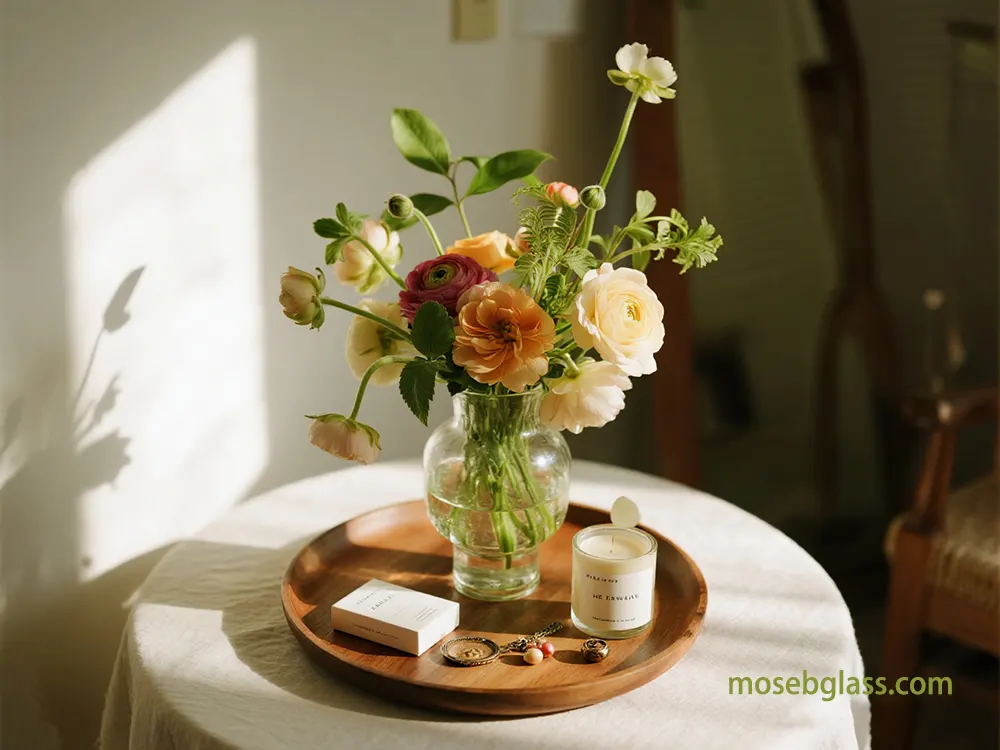
2. The Art and Science of Glass Shaping
Given the combination of tradition and modern technology, the change of molten glass to a vase that is functional and beautiful is an art. Hand-blown glass serves to create one-of-a-kind, luxury, bespoke products for niche markets that place great value on the skill of the crafts.
On the other hand, standardized processes such as machine-blowing (IS machines) and pressing create products that are uniform, consistent, and long-lasting, thus making it possible to produce large quantities at high speed, unit costs are low, and precision is high. The issue of energy conservation in industrial-sized furnaces and forming machines is always there, and it is being tackled by solutions such as better insulation, regenerative burners, and electric boosting which help reduce energy consumption.
AI and robotics are changing the rules of the game in the glass industry. AI-powered vision systems can identify tiny defects with an accuracy of up to 99.9% in real-time, thus the capabilities of a human are outperformed when it comes to quality control. The use of robots in factories leads to a 20% increase in productivity because they carry out the repetitive, dangerous tasks which usually need to be done by humans, thus the safety of workers is enhanced and labor costs are reduced.
Other than that, AI algorithms can improve manufacturing through predictive maintenance, real-time process control, and generative design which can be used for rapid prototyping and new geometries. To give a glass vase functional properties in the future, one can use new materials such as bioactive glass, advanced polymer-silicate (APS) composites, or borosilicate glass. Nanoscale coatings can be used to give a glass surface properties such as scratch resistance, self-cleaning, and UV/IR shielding. Strength and durability can be improved further by using advanced techniques in glass tempering. 3D printing allows for the realization of extremely difficult, intricate designs that were not possible before and thus opens new aesthetic avenues. For Mosteb, it is very important to take advantage of these technologies in order to make superior, long-lasting glass flower vases, assembled with precision, efficiency, and sustainability.
| Feature | Hand-Blown Glass | Machine-Blown Glass | Machine-Pressed Glass |
| Aesthetics | Unique, artistic, subtle imperfections, high-end | Uniform, consistent, simpler aesthetics | Uniform, consistent, simpler aesthetics, precise patterns |
| Uniqueness | One-of-a-kind | Standardized | Standardized |
| Labor Intensity | High (skilled artisans, years of training) | Low (reduced manual labor) | Low (reduced manual labor) |
| Production Speed | Low (small runs, bespoke items) | High (up to 200 units/min) | Medium (50-100 units/min) |
| Cost Structure | High unit cost (labor, artistry, time) | Lower unit cost (high initial investment, volume) | Lower unit cost (high initial investment, volume) |
| Material Use | Flexible, varying wall thickness | Consistent thickness and shape | Thicker, more robust |
| Design Flexibility | High (intricate, organic forms) | Moderate (standardized shapes) | High (intricate patterns, precise dimensions) |
| Market Position | Premium, luxury, art markets | Utility, accessibility, mass market | Utility, accessibility, mass market |
3. Navigating the Global Supply Chain: From Factory to Shelf
The intricate the global network of suppliers and distributors of fragile glass vases is a logistics puzzle of a completely different kind. In the instance of the fragile glass, it is of the greatest importance to keep the number of breakages to minimum as even a little damage repels buyers and makes them lose their trust. Therefore, state-of-the-art, eco-friendly packaging is necessary: designs that have many layers, recycled/biodegradable materials that are used to make the exact-shaped inserts (e.g., molded pulp), and outer cartons that are are strong. At every moment of the process it is very important to follow strict handling instructions and use labels (“Fragile”) that are simple to understand.
To get the right balance between cost, speed, and environmental impact a combination of means of transport (road, rail, air, sea) is used, and each means has its own benefits. Working with logistics providers who can give the best services for the movement of the delicate goods and also provide real-time tracking (IoT sensors) leads to better visibility, security, and the ability to solve problems. However, the supply chain is vulnerable to risks that come from outside such as geopolitical events, trade disputes, and natural disasters, and that can lead to it getting interrupted. The handling of complicated reverse logistics for returns, damaged goods, or recycling at the end of life makes the situation even worse. For Mosteb, a resilient, strong, and transparent supply chain with advanced protective packaging, specialist logistics partners, and real-time tracking means a lot if they want to be able to deliver products worldwide in a reliable manner, keep the number of damages at a minimum and maintain their brand reputation.
4. The Retail Landscape and Consumer Connection
The worldwide glass vase industry is booming at a staggering speed in consideration of the demand for home décor that is constantly rising together with the sales of online retail. The most significant factor of the green trend is that the buyers are ready to pay a higher price for products that are eco-friendly, ethically sourced, and have less negative impact on the environment. Online stores (B2C, B2B, DTC, subscription boxes) play a major role in connecting with customers of different segments.
One of the indispensable elements of successful digital marketing is the employment of AI tech to make offers more personal for the customers, AR/VR for product visualization, and sociaI commerce (Instagram, TikTok) for advertising new products to certain customer groups. Creator content and influencer marketing are the chief means to break into the market and to win trust from consumers. Design trends reveal inclination towards organic, sculptural, biomorphic forms, textured surfaces, colored glass, and iridescent finishes. Besides the appeal, multifunctionality (e.g. vase as candle holder) and inherent sustainability are very valuable to consumers. User-generated content (reviews, photos) is among the most powerful methods of achieving trust and getting social proof. Demanding customers require ethical sourcing and clear manufacturing and that is becoming more and more important. For Mosteb, excelling in digital interaction, showcasing innovative, eco-friendly designs, and guaranteeing transparent and fair ethical sourcing are key to establishing a relationship with contemporary shoppers and holding a competitive position.
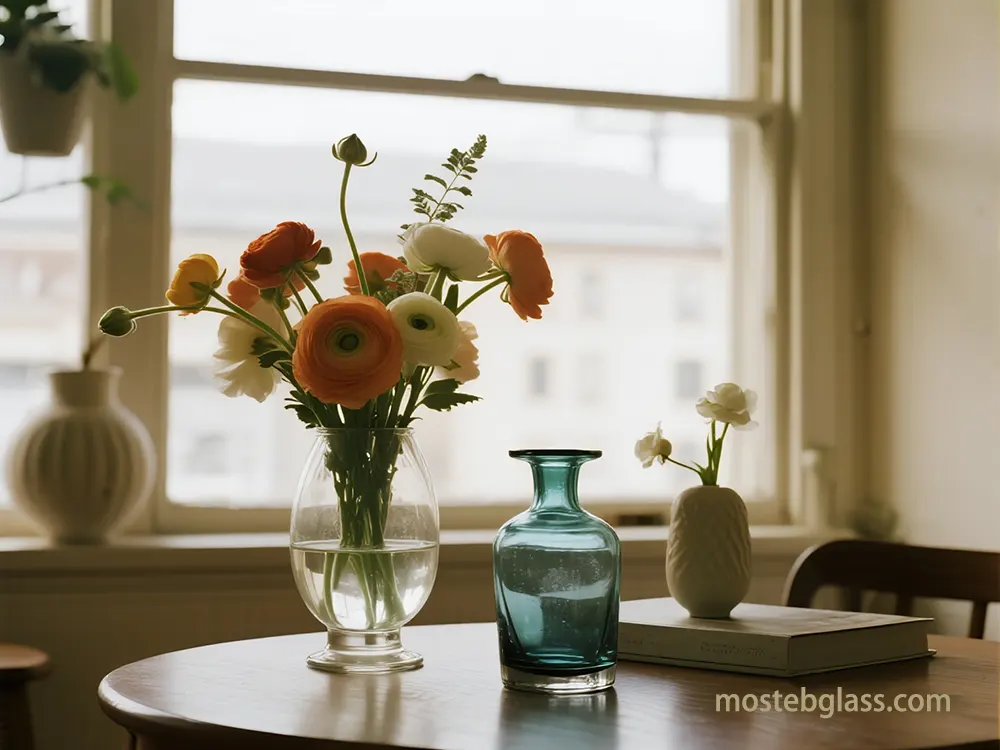
5. Beyond the Purchase: A Vase's Life in the Home
A glass vase due to its strength and the possibility of repurposing or upcycling continues its life after purchase. Glass is a strong and resilient material, capable of being used for decades if it is properly cared for. This extended lifespan is in line with consumer values that put sustainability and waste reduction first. Vases can be transformed into lamps, planters, terrariums, or storage jars. DIY communities encourage prolonging product life and creative reuse.
An active second-hand market for vintage vases is a proof of people’s love for lasting quality and aesthetic appeal. Consumers are more and more inclined to choose durable products and are willing to pay more for longer lifespans thus long-term value and less environmental impact are recognized. The shift from disposable to durable goods is a huge opportunity. Mosteb by creating beautiful, durable, and timeless vases is achieving the goal of long-term use. Mosteb can create deeper customer relationships, foster sustainability, and be in line with the values of longevity and responsible consumption by encouraging creative repurposing, whether through design or inspiration.
6. The Circular Journey: Sustainability and End-of-Life Considerations
The very end of a glass vase’s life is a turning point for circularity of a glass vase. Sophisticated recycling methods, for example, AI-powered optical sorting, accurately separate glass by color and remove impurities (CSP) with high precision, thus pure cullet for melting can be obtained. This innovation not only preserves the recycled glass quality but also opens up more possibilities for its use. In order to facilitate easy collection and recyclable design, industry measures such as FEVE’s “Close the Glass Loop” advocate for more collection and design for recyclability. EPR programs that shift the burden of end-of-life management to manufacturers, thus providing an incentive for product design for recyclability and investment in collection infrastructure.
Glass recycling is an environmentally friendly process that saves a great deal of energy – about 30-40% of energy consumption is saved and carbon dioxide emissions are reduced in comparison to the production from virgin materials. In case of non-recyclable or mixed glass, there are some innovative upcycling initiatives for it to be transformed into secondary raw materials for road building, insulation or construction to keep it away from landfills. Mosteb’s commitment to circular economy principles through measures such as recycling infrastructure investment and designing for recyclability is a major step towards a sustainable product lifecycle and being a responsible steward of the environment.
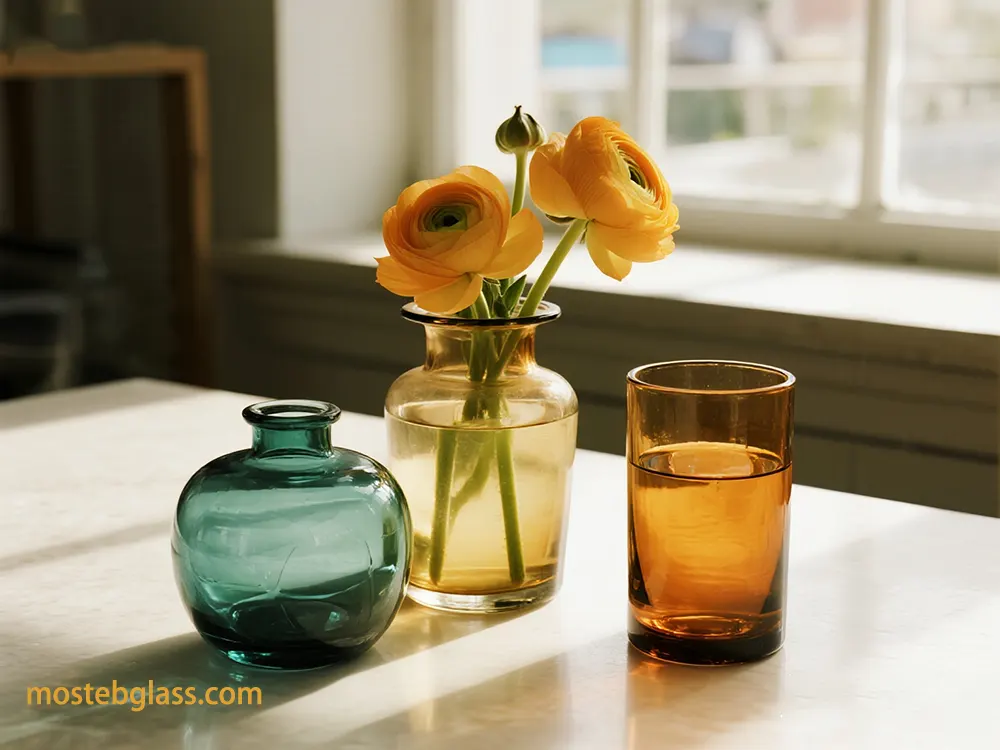
7. Evolving Horizons: Challenges and Innovations in Glass Production
The glass vase industry is facing changes that are followed by excellent innovations since the industry is being highly influenced by rapid technological advances. Among the biggest challenges are the rising of the prices of the basic materials (silica, soda ash, limestone) needed for production and very strict environmental regulations (emissions, waste, energy). Nevertheless, these problems encourage innovation:
- Advanced Materials: New glass compositions not only promise but also deliver expanded vase functionality, these include bioactive glasses, advanced polymer-silicate (APS) composites for strength-to-weight, and borosilicate glass for thermal shock resistance. Multi-functional nanocoatings can provide the vase with scratch resistance, self-cleaning, and UV/IR shielding properties.
- Manufacturing Processes: Manufacturing innovations result into tougher, detailed products. Advanced tempering techniques increase mechanical strength and impact resistance thus vases become more durable and safer. 3D printing for glass thus far has been a great success, it allows for the vases to be made with an intricate design, complex geometries, customized idea and that were for the most part impossible thus both the aesthetic and functional possibilities become open to be explored by the artist/creator.
- Automation and AI: Glass production is being transformed by the use of AI and robotics. An AI-powered vision system can perform a QC check in real-time, at very high accuracy levels and with extreme detail thus it can detect indistinctness up to 99.9% of the time and at the same time waste is kept to a minimum. In this way, the company will be more productive with the help of robots by completing more tasks that are monotonous and dangerous thus workers’ security will improve and production will be more stable. With AI algorithms, production efficiency is highly realized through prediction of maintenance needs, real-time energy saving as well advanced design thereby custom-made products and new glass formulations become possible. AI also contributes to sustainability by optimizing furnace operations to reduce CO2 emissions and minimize waste.
The consumers are willing to adopt new features (for example, smart glass) and are fond of textured, colored, and innovative designs, thus implying a receptive market. Nevertheless, the introduction of AI and robotics requires a high cost for workforce retraining and upskilling.
Speculative Future Directions (Next Decade): Over the next decade, factories that produce glass will turn into fully automated, smart ecosystems. AI will regulate process control, predictive maintenance, and simplify the material science innovation through simulation and quick prototyping. Furthermore, AI will provide a platform for rapid and precise customizations of complex façade glazing designs by simulating them.For Mosteb, embracing innovations in materials science, advanced manufacturing, and intelligent automation not only means shaping the future of glass vase design and production but also attracting and retaining the consumers of tomorrow and leading the industry towards a sustainable, technologically advanced, and creatively boundless horizon.
